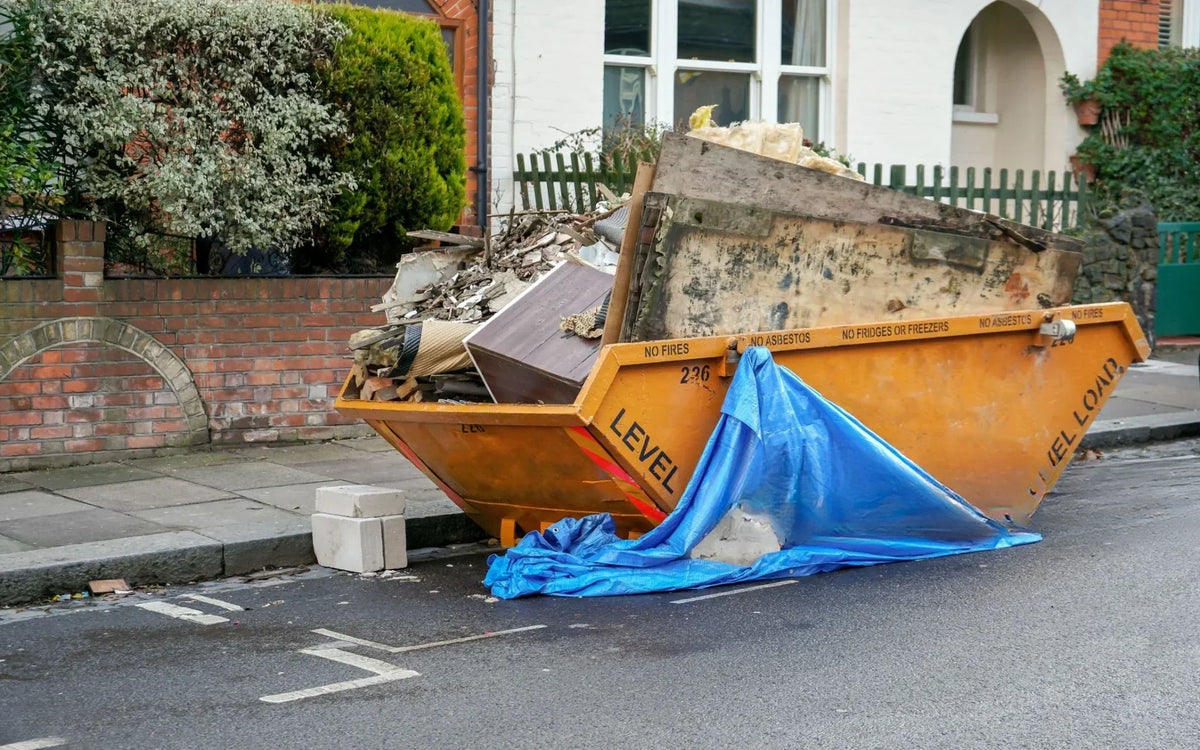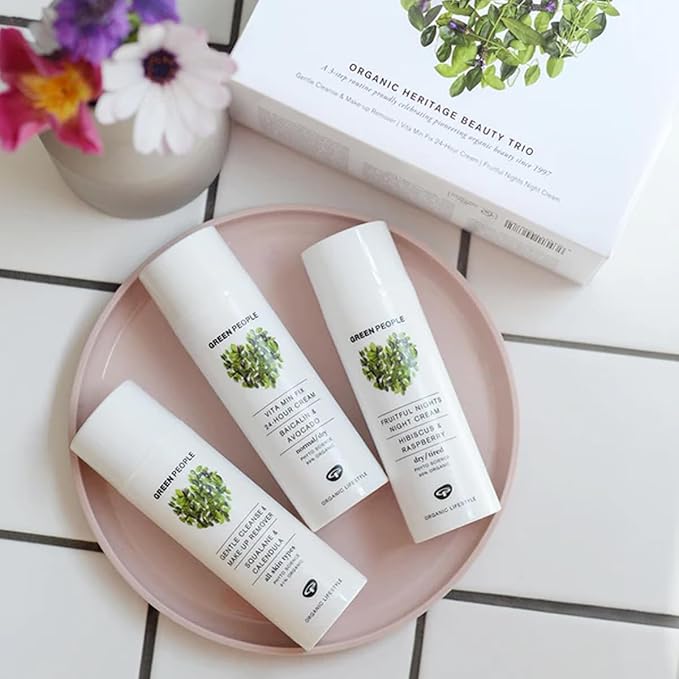Planning an eco-friendly garden doesn’t require vast land or expensive materials just smart choices and the right tools. On Friendly Turtle’s EcoBlog, we explore how digital tools like GardenBox 3D help visualise layouts, test sustainable planting schemes, and reduce resource waste. By understanding your microclimate, choosing native plants, and using compost and recycled materials, you can build a self-sustaining garden that supports biodiversity and thrives over time. Rainwater harvesting, natural mulching, and zone planning help reduce water use and effort. Even the smallest garden can be transformed into a low-maintenance, eco-conscious space that benefits you and the planet. With careful preparation and thoughtful design, your outdoor area becomes not only greener but also more enjoyable, season after season.
Share your articles with us and get published! Reach out at hello@friendlyturtle.com.
Reduce Waste Footprint: Choose the Right Skip Size Sustainably

From tackling a full-blown home renovation or decluttering your garage to managing a commercial construction project, choosing the right skip size can make or break your experience.
Go too small, and you’ll be stuck with excess waste piling up. Opt for a skip too large, and you risk overpaying for space you don’t use.
So, how do you find the perfect fit?
This guide will help you determine the best skip size to meet your project needs, ensuring a cost-effective, hassle-free solution.
Why choosing the right skip size matters
When planning your waste disposal, the skip size you choose isn’t just a minor detail – it’s crucial to keeping your project on track. Picking the wrong size can lead to:
- Unnecessary costs: Hiring a skip that’s too large can inflate your budget unnecessarily.
- Delays: If you need to hire an additional skip, this can disrupt your project timeline.
- Environmental concerns: Efficient waste disposal reduces your carbon footprint by minimising transport and landfill impact.
By understanding your waste requirements upfront, you can avoid these pitfalls and get the most out of your skip hire service.
What are the common skip sizes?
To make an informed decision, it’s essential to know what sizes are available and what they’re best suited for. Here’s a breakdown of the most popular skip sizes in the UK:
- 2-yard mini skip: Ideal for small DIY jobs or garden clearances. Perfect for projects with minimal waste, such as clearing out a shed or removing hedge trimmings.
- 4-yard midi skip: A great choice for kitchen or bathroom refits. This size offers enough space for moderate amounts of bulky waste.
- 6-yard builder’s skip: One of the most versatile options, perfect for building projects or large house clearances.
- 8-yard large builder’s skip: Excellent for heavier waste such as soil or rubble, often used on construction sites.
- 12-16 yard maxi skips: Best for larger commercial or industrial projects, providing ample space for high volumes of waste.
Choosing the right skip for your project
To ensure you pick the perfect skip size, consider the following:
1. The type of project
Are you renovating a single room or your entire house? For small DIY tasks, a 2-yard skip will suffice, but for multi-room renovations or commercial projects, an 8-yard or 12-yard skip may be more suitable.
2. The volume of waste
Estimate how much waste your project will generate. Keep in mind that skips should never be overfilled, as this can lead to safety hazards and additional charges.
3. Types of waste
Different skip sizes are better suited to specific waste types. For example, if you’re dealing with heavy materials like bricks or concrete, a smaller skip (like a 6-yard builder’s skip) is more appropriate, as larger skips have weight limits.
4. Space availability
Before booking a skip, check if there’s enough room to place it on your property or road. You may need a permit for on-road placement, so factor this into your planning.
Pro tips for getting the most out of your skip hire
- Compact your waste: Breaking down bulky items ensures you use the skip space efficiently.
- Plan ahead: If you’re unsure about your waste volume, it’s often better to go slightly larger than risk hiring a second skip.
- Understand prohibited items: Materials like asbestos, electrical appliances, and chemicals cannot be disposed of in a skip. Always check with your provider for a list of restricted items.
- Choose a reliable service: Partnering with a trustworthy company ensures timely delivery, collection, and eco-friendly waste disposal. Local services like AR Skips can help make waste disposal straightforward and efficient.

Conclusion: choose wisely for a stress-free project
Picking the right skip size can save you time, money, and frustration.
By assessing your project’s waste type, volume, and space requirements, you can make an informed choice and avoid unnecessary complications.
With this guide, you’re now armed with the knowledge to select the ideal skip for your project. Ready to get started? Contact a trusted skip hire service in Thanet and take the first step towards hassle-free waste disposal.
0 comments
Let customers speak for us
Blog posts
At Friendly Turtle EcoBlog, we explore how enhanced subsea pipeline inspection is transforming ocean safety. With offshore oil and gas infrastructure expanding, ensuring pipeline integrity is crucial. Many pipelines are now unpiggable, requiring specialised external inspection methods powered by advanced technologies like ultrasonic systems and predictive modelling. These innovations reduce risks, protect marine ecosystems, and limit human exposure to harsh ocean environments. Improved reporting and global data sharing have also helped prevent accidents and foster safer working conditions. Embracing such sustainable practices in subsea maintenance not only safeguards lives but supports long-term environmental responsibility.
Designing a functional and stylish kitchen doesn’t have to come at the planet’s expense. At Friendly Turtle EcoBlog, we believe that using eco-friendly materials is a meaningful way to create a beautiful, healthy space while minimising environmental harm. From durable and flexible bamboo cabinetry to toxin-free natural wood that enhances both aesthetics and indoor air quality, sustainable choices elevate kitchen design in every sense. Recycled materials offer surprising strength and affordability, proving that green design can be budget-friendly. For flooring, marmoleum stands out fully biodegradable and available in vibrant colours to bring natural warmth to your kitchen. These conscious materials support healthier living, reduce waste, and bring calming, nature-inspired beauty to one of the most important rooms in your home. By choosing eco-smart alternatives, you’re investing in long-lasting comfort, sustainability, and timeless design. Explore more on the Friendly Turtle EcoBlog and start your low-impact kitchen transformation today.



